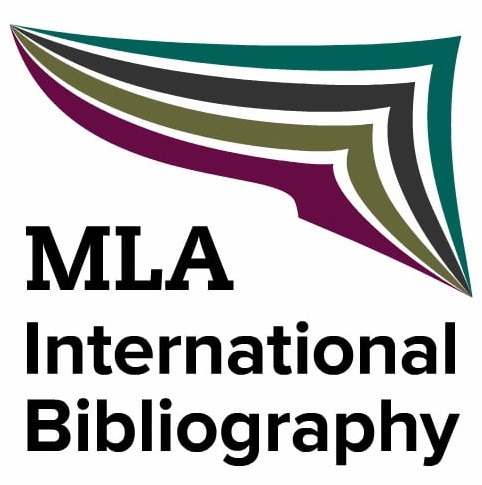Looking for Harlem: The Absent Narrator in Roy DeCarava and Langston Hughes’ “Sweet Flypaper of Life” (1955)
DOI:
https://doi.org/10.13135/2281-6658/3101Parole chiave:
Harlem, African American Studies, Documentary Studies, American Photography, Langston Hughes, Roy DeCarava, 20th Century American StudiesAbstract
Despite its decidedly humanist angle, Langston Hughes and Roy DeCarava’s The Sweet Flypaper of Life (1955) also positions itself in a no-man’s land, not simply because it is seen through the eyes of a woman but because it occupies a space where the compelling narration by the fictitious character of Sister Mary and the equally compelling photographs by DeCarava still rest uneasily—literally and at times photographically—within the wider landscape of Harlem. As such, this collaborative photo-text on the daily life of Harlem is a much more subtle and complex project than it first appears. Even though the project was enabled by Hughes’s reputation as a prominent writer of African American life, the actual approach allows for something ‘subversive’ to take place in the interaction between the text and the photographs accompanying it. This examination looks at how The Sweet Flypaper of Life—vastly underrated in studies of American photography—pushed beyond previous photographic studies of Harlem and as such, beyond the boundaries set by photo-textual collaborations in general.Downloads
I dati di download non sono ancora disponibili.
##submission.downloads##
Pubblicato
2018-12-25
Fascicolo
Sezione
Percorsi | Places, Cultures, Society
Licenza
Gli autori mantengono i diritti sulla loro opera e cedono alla rivista il diritto di prima pubblicazione dell'opera, contemporaneamente licenziata sotto una Licenza Creative Commons - Attribuzione che permette ad altri di condividere l'opera indicando la paternità intellettuale e la prima pubblicazione su questa rivista.







